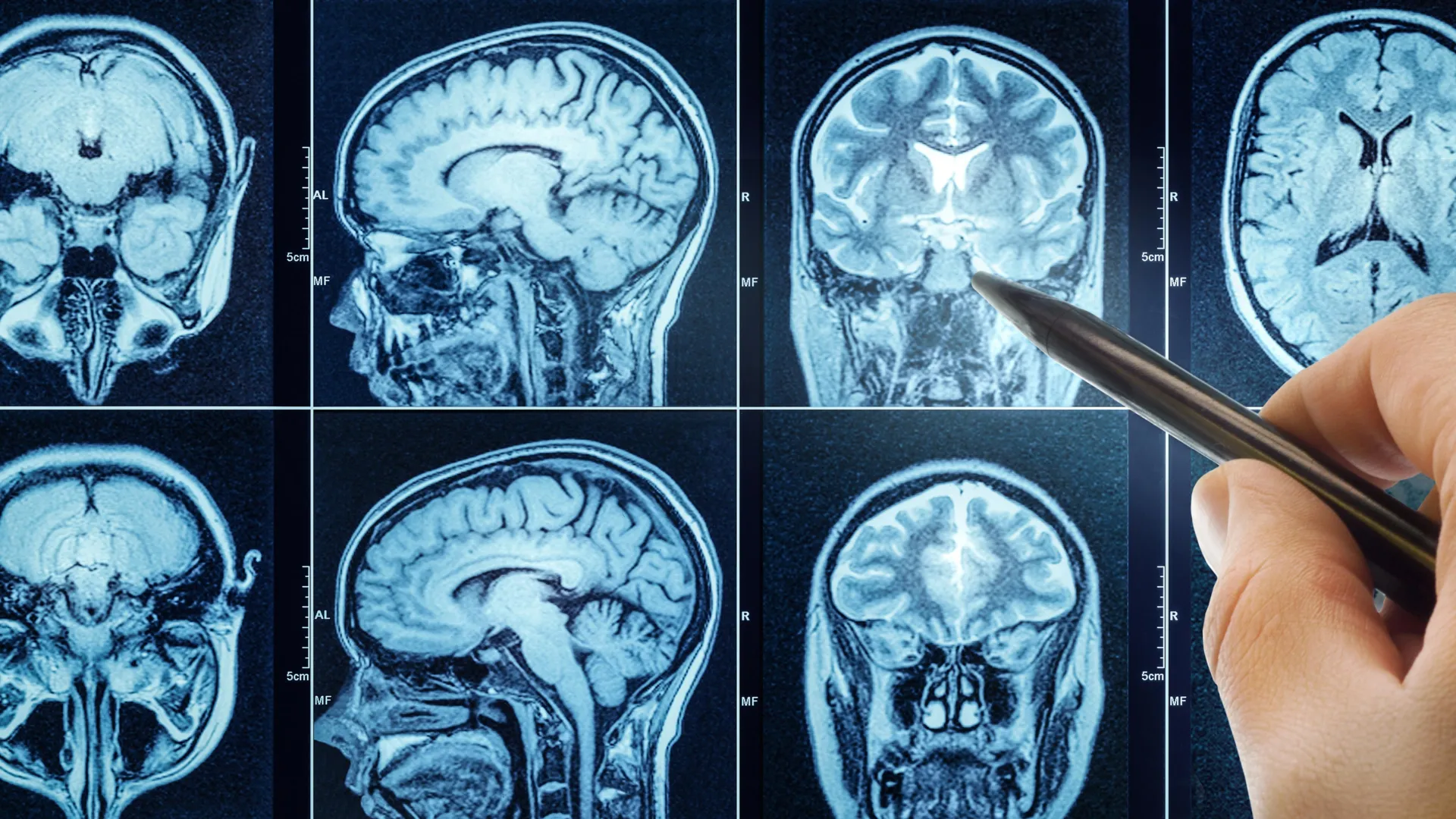Optimists think alike—and brain scans just proved it
- Date:
- July 23, 2025
- Source:
- Kobe University
- Summary:
- When imagining the future, optimists' brains tend to look remarkably alike, while pessimists show more varied neural activity. This neurological alignment could explain why optimists are often more socially in sync with others.
- Share:

When thinking about future events, optimists' brains work similarly, while pessimists' brains show a much larger degree of individuality. The Kobe University finding offers an explanation why optimists are seen as more sociable -- they may share a common vision of the future.
Optimists tend to be more satisfied with their social relationships and have wider social networks. Kobe University psychologist Kuniaki Yanagisawa says: "But what is the reason for this? Recent studies showed that the brains of people who occupy central social positions react to stimuli in similar ways. So it may be that people who share a similar attitude towards the future, too, truly envision it similarly in their brains and that this makes it easier for them to understand each other's perspectives."
To test this hypothesis, Yanagisawa assembled an interdisciplinary team from both the fields of social psychology and cognitive neuroscience. "The main reason why this question has remained untouched until now is that it exists in a gap between social psychology and neuroscience. However, the intersection of these two fields enabled us to open this black box." They recruited 87 test subjects who covered the whole spectrum from pessimism to optimism and asked them to imagine various future events. While doing so, their brain activity was recorded with a technique called "functional magnetic resonance imaging (fMRI)," enabling the researchers to see how the test subjects' thinking about the future materializes in their brains as patterns of neural activity.
In the journal PNAS, the Kobe University team reports that when optimists think about future events, their neural activity patterns are in fact mutually similar. Pessimists' patterns, on the other hand, showed much more diversity. Inspired by the opening line of Leo Tolstoy's "Anna Karenina," the team summarizes its results, saying, "Optimistic individuals are all alike, but each less optimistic individual imagines the future in their own way." Yanagisawa says, "What was most dramatic about this study is that the abstract notion of 'thinking alike' was literally made visible in the form of patterns of brain activity."
Yanagisawa and his team also found that there is a more pronounced difference in neural patterns when thinking about positive events or negative events in optimists than in pessimists. "This means that more optimistic people perceive a clear distinction between good and bad futures in their brains. In other words, optimism does not involve positive reinterpretation of negative events. Instead, optimistic individuals typically process negative scenarios in a more abstract and psychologically distant manner, thus mitigating the emotional impact of such scenarios," he explains.
The psychologist sums up the study, saying: "The everyday feeling of 'being on the same wavelength' is not just a metaphor. The brains of optimists may in a very physical sense share a common concept of the future. But this raises new questions. Is this shared mechanism something they are born with or is it woven in later, for example through experience and dialogue?" Yanagisawa's ultimate goal is to gain a deeper understanding of what causes loneliness and what enables people to communicate with each other. He says, "I believe that elucidating the process by which this shared reality emerges is a step towards a society where people can communicate better."
This work was supported by the Japan Society for the Promotion of Science (grants JP26780342, JP19H01747) and the Japan Science and Technology Agency (grant JPMJRX21K3). It was conducted in collaboration with researchers from Kyoto University, the Osaka University of Comprehensive Children Education, La Trobe University, and Kindai University.
Journal Reference:
- Kuniaki Yanagisawa, Ryusuke Nakai, Kohei Asano, Emiko S. Kashima, Hitomi Sugiura, Nobuhito Abe. Optimistic people are all alike: Shared neural representations supporting episodic future thinking among optimistic individuals. Proceedings of the National Academy of Sciences, 2025; 122 (30) DOI: 10.1073/pnas.2511101122
Cite This Page: